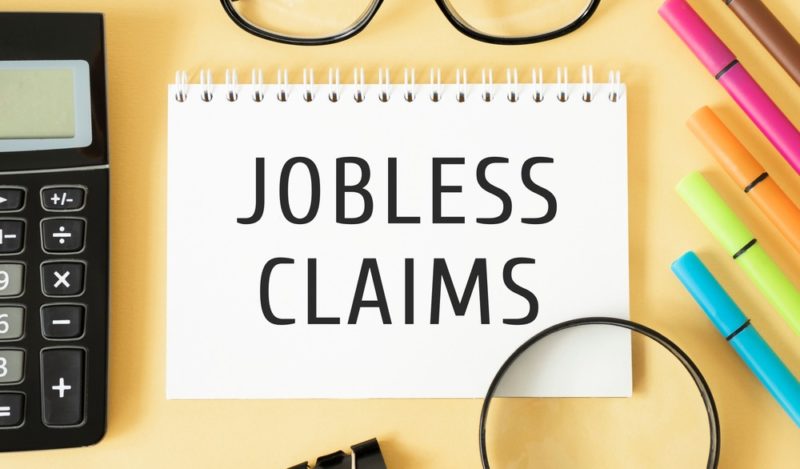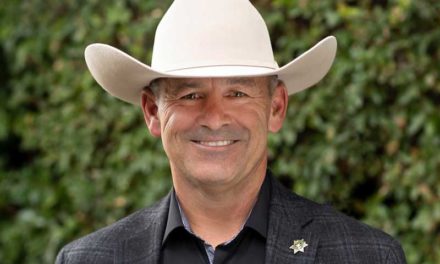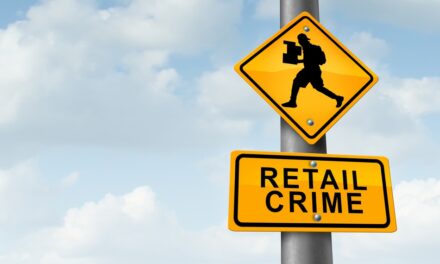There were 53,299 unemployment claims in California the week of Jan. 18, 2021 versus 56,886 the week of Jan. 21, 2019
Despite the fact that the U.S. has been dealing with the COVID-19 pandemic for over a year, new unemployment claims decreased week-over-week on January 18. In California, the recovery was particularly good, as there were 6.31% fewer claims that week versus the same week in 2019.
To help add some context to this statistic, WalletHub just released updated rankings for the States Whose Weekly Unemployment Claims Are Recovering the Quickest.
To identify which states’ workforces are experiencing the quickest recovery from COVID-19, WalletHub compared the 50 states and the District of Columbia across three metrics based on changes in unemployment claims. Below, you can see highlights from the report, along with a WalletHub Q&A. To see the states most recovered since the beginning of the COVID-19 pandemic, click here.
Change in California Weekly Unemployment Claims (1=Quickest Recovery, 25=Avg.):
-6.31% Change in Unemployment Claims (Latest Week vs 2019)
53,299 the week of January 18, 2021 vs 56,886 the week of January 21, 2019
The quickest recovery in the U.S.
45.15% Change in Unemployment Claims (Latest Week vs Start of 2020)
53,299 the week of January 18, 2021 vs 36,720 the week of January 1, 2020
16th quickest recovery in the U.S.
640.16% Change in Unemployment Claims (Since Start of COVID-19 Crisis vs Previous Year)
11,547,813 between the week of March 16, 2020 and the week of January 18, 2021 vs 1,803,894 between the week of March 18, 2019 and the week of January 20, 2020
17th quickest recovery in the U.S.
WalletHub Q&A
Q: How might a state’s efficiency at administering the COVID-19 vaccine affect unemployment?
A: “States that are able to more efficiently vaccinate their residents will likely see better job growth than states that are less efficient. The more a state vaccinates, the safer conditions in that state will become and the sooner businesses will be able to fully reopen and have the resources to expand hiring,” said Jill Gonzalez, WalletHub analyst. “Currently, some states are far more efficient than others. For example, North Dakota has used over 90% of its vaccine supply, while Kansas has only used a little over 45%.”
Q: How could the fact that vaccine rollout is slower than expected affect unemployment?
A: “Since vaccine rollout is slower than expected, that could slow the reduction in the unemployment rate this year. Without having most of the population vaccinated, we can’t achieve a full recovery, which means businesses will continue to not be able to hire in full force,” said Jill Gonzalez, WalletHub analyst. “If we can put more resources into achieving widespread vaccination, we can expect to make bigger strides in reducing unemployment. We should be concerned with educating people on the benefits of getting vaccinated, too, so that a higher percentage of the population will choose to receive the vaccine.”
Q: How do red states and blue states compare when it comes to recovery?
A: “With an average rank of 28 among the most recovered states, blue states had a worse recovery from unemployment claims last week than red states, which rank 24 on average,” said Jill Gonzalez, WalletHub analyst. “The lower the number of the ranking, the bigger the state’s recovery was.”
Q: How has unemployment in California recovered?
A: “California’s unemployment claims have experienced the quickest recovery in the U.S. For the week of January 18, California had 53,299 new unemployment claims, a 95% decrease from the peak during the coronavirus pandemic,” said Jill Gonzalez, WalletHub analyst.
To view the full report and your state’s rank, click here.
Image Sources
- Jobless claims: Shutterstock







